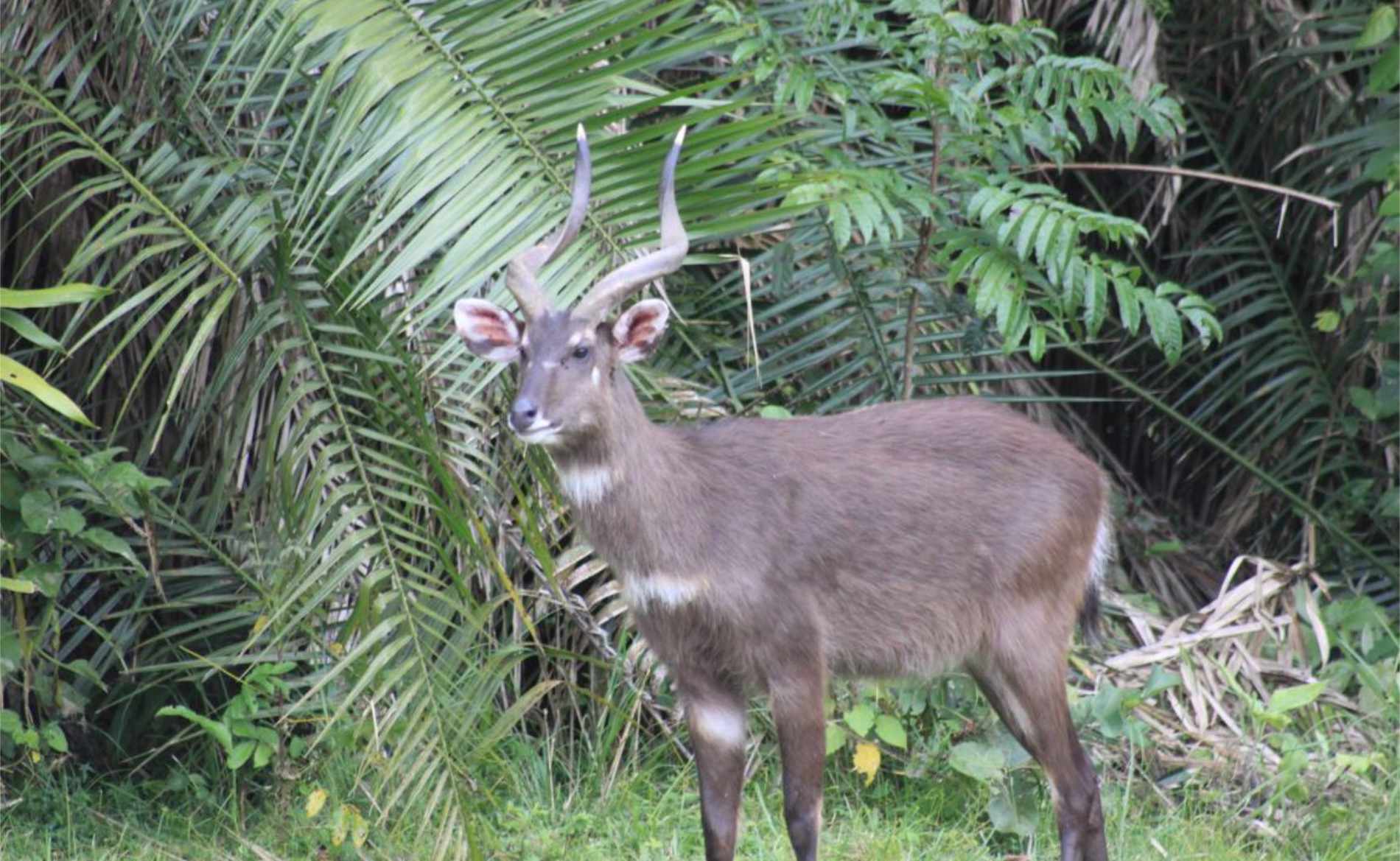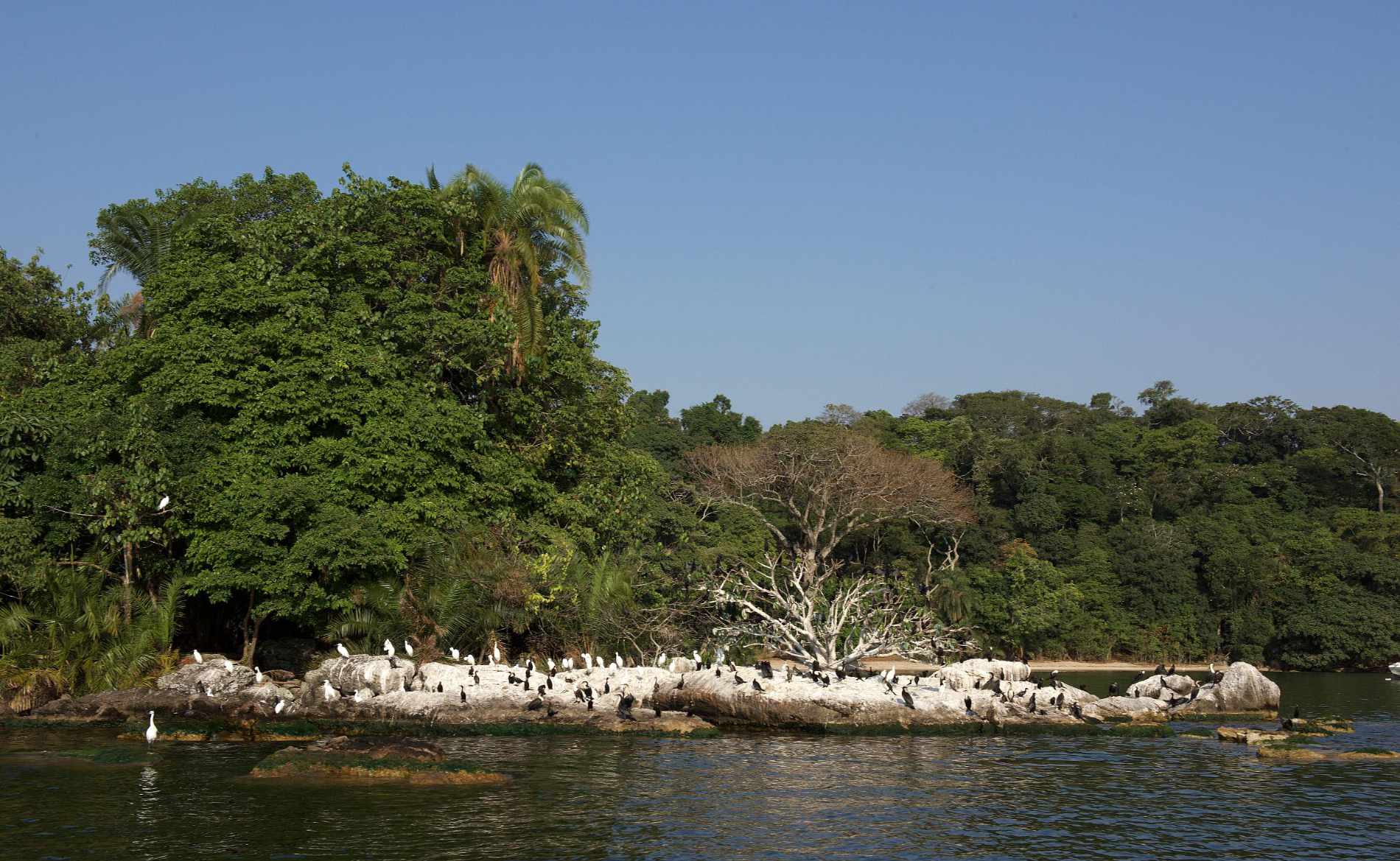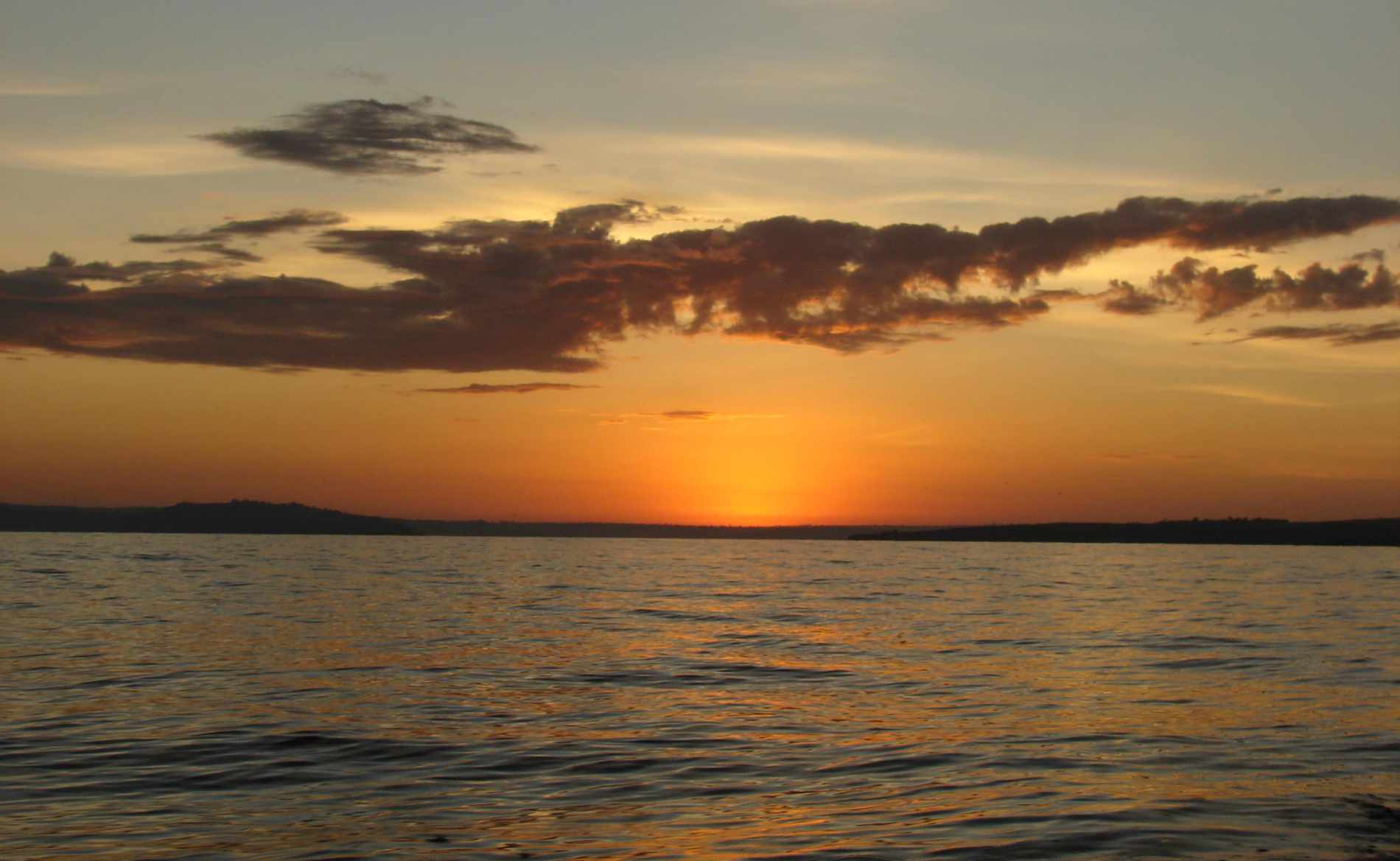Rubondo Island National Park: Hidden gem with diverse, rare wild animals
Facts Rubondo Island National Park:
- Founded in 1977
- As the island offers good protection opportunities, various endangered animal species have been settled here
- There is a private luxury camp in the park as well as the park’s own sleeping facilities
- Size: 457 km2 = twice the size of Frankfurt am Main, about half of which is water area
Beste time to visit:
- The dry season from June to September is particularly suitable for a safari with lots of animal discoveries or exploring the national park on foot.
- The rainy season from November to March is worthwhile because of the many wildflowers and butterflies.
- From December to February you can observe many migratory birds
- In April and May, a visit tends to be a bit wet due to the rainy season.
Highlights Rubondo Island National Park:
- See the rare Sitatunga water antelope
- Spot gray parrots and many other bird species
- Enjoy lonely beaches
Getting here from Arusha:
- Between 810 and 875 km in 1.5 days by safari car and further by boat
- Alternatively, 1 hour by plane to Mwanza town and a further 4 – 5.5 hours by car and then 0.5 to 1 hour by boat to the park
This national park is a hidden gem in the west of Tanzania. Depending on the route, it is around four to five and a half hours by car and another half an hour to an hour by boat from Mwanza town. Rubondo Island National Park can also be reached by charter flight via its own airstrip. Covering an area almost twice the size of Frankfurt am Main, you will find secluded sandy beaches, open grasslands, papyrus swamps and, above all, wetland forest. Around 90% of the park is covered by the latter, which provides a perfect habitat for various wild animals. These include the rare and shy Sitatunga water antelope, hippos, crocodiles, snakes, otters, vervet monkeys and genet cats. The park is also a paradise for bird lovers with more than 400 species counted in the park such as herons, spoonbills, eagles and storks as well as various Eurasian migratory birds and gray parrots. These cute creatures fly around the park chirping. Together with other endangered species, they have been reintroduced to Rubondo Island National Park due to the good monitoring opportunities on the island. You can also spot chimpanzees, black and white colobus monkeys, giraffes and elephants in the park. In the rainy season, the forest transforms into a paradise of flowers and butterflies. Up to 40 species of orchids, wild jasmine, lilies and various other wildflowers grow in Rubondo Island National Park. There is also something for culture and sports enthusiasts to experience. There are several cultural sites to visit in the park belonging to the Zinza tribe, who lived here before the national park was established. There is also the opportunity to fish around the island and pull a large Nile perch out of the water, explore the beaches of Rubondo Island by canoe or boat or go on a walking safari accompanied by a park ranger.








